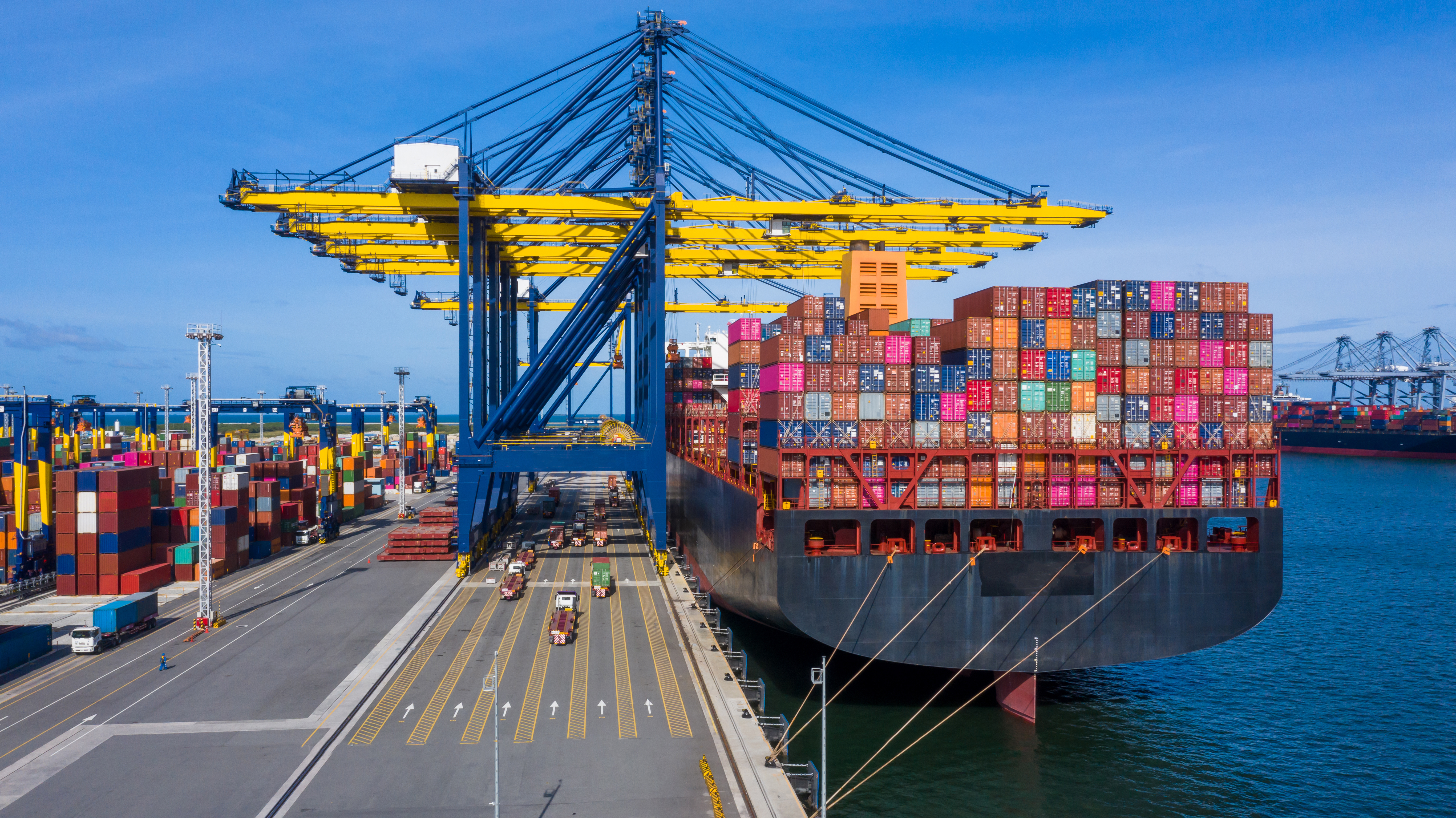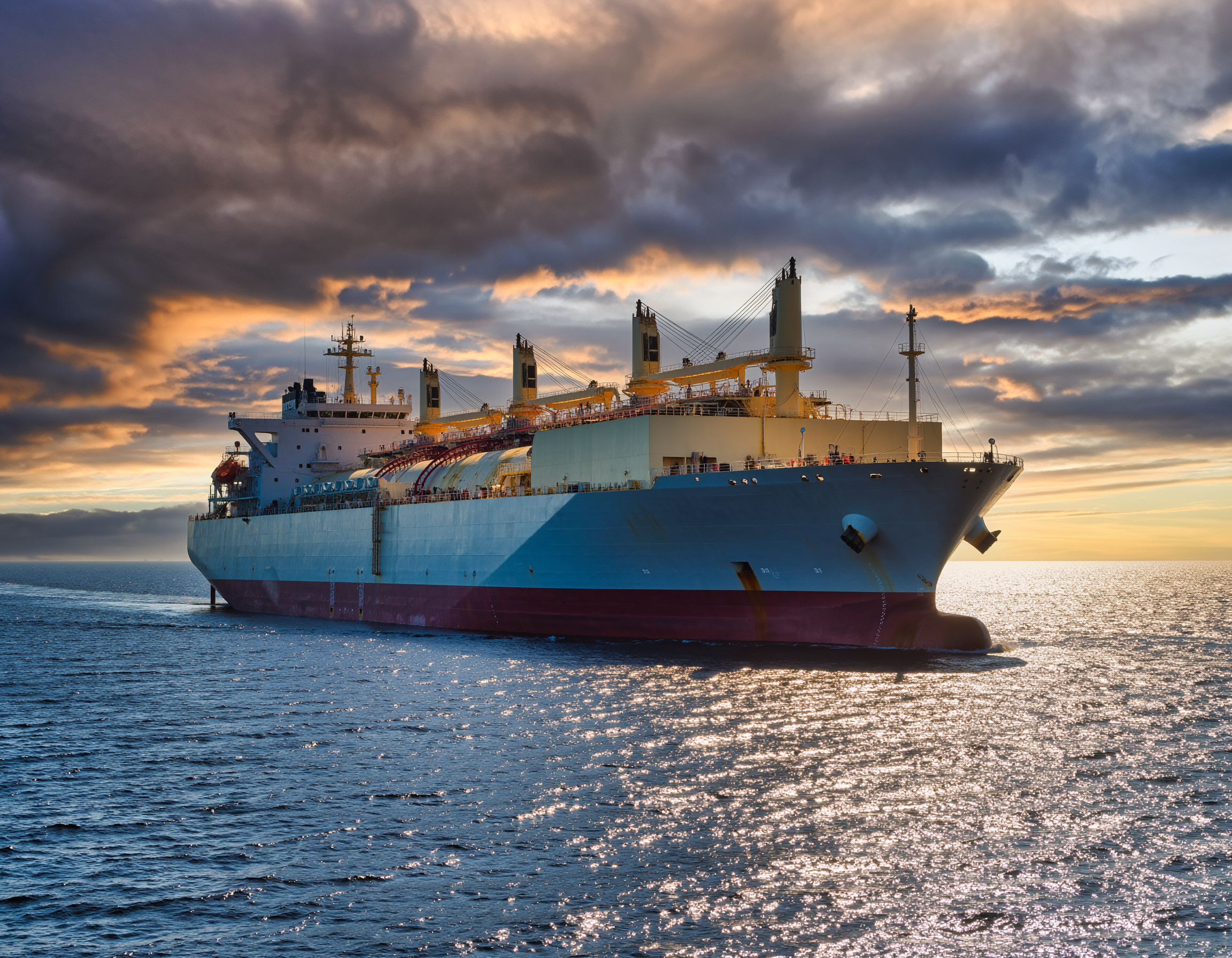This Industry Guidance shall give assistance to ship owners, operators and crew to prepare for the changes in fuel characteristics and compliance with the new sulphur limits for ships fuel used in in Sulphur Emission Control Areas (SECA) as of January 1, 2015. The main emphasis of this paper lies on the process of switch over from HFO to LSF.
Introduction
As of January 1, 2015, 0:00h, the sulphur content of fuel oil used on board ships within SECAs shall not exceed 0.10% m/m. This is required both by the European Directive n°2012/33/EU of 21st November 2012 as well as Annex VI of the international MARPOL Convention. In most cases, compliance will require the use of Low Sulphur Fuel, LSF (MDO or MGO) by the ship or of the recently offered compliant fuels such as HDME50 with higher pour points and viscosities that require heating.
Prior to entry into a SECA, it is therefore required to have fully switched over from any high sulphur fuel in use to the SECA compliant marine fuel. Alternative compliance can be achieved by using fuels with higher sulphur content if exhaust gas cleaning systems are used, the so-called scrubbers.
Current SECAs are the designated areas within 200 nautical miles offshore the coast-line of the USA and Canada, the US Caribbean ECA (waters around Puerto Rico and the U.S. Virgin Islands), as well as the Baltic Sea and North Sea/English Channel in Europe. This paper mainly concentrates on implications of the European SECAs.
Generally speaking, the western boundary of the North Sea SECA is the longitude extending from Brest (France) to Falmouth (U.K.) and further northwards from Strathy Point east of the Orkney Islands (U.K). The northern boundary of the North Sea SECA is the latitude extending from Vågsøy (Norway) to Thorshavn (Faroes). Further, the area is bound by the latitude extending from Skaw to Gothenborg (i.e. entry to the Baltic SECA).
To read more, download the document below:



![The Solomon Trader [2025] EWCA Civ 1387: The ‘pay to be paid’ rule affirmed in the Court of Appeal](/fileadmin/uploads/ukpandi/News_Images/AdobeStock_104743067.jpeg)
